Home>Furniture & Design>Bathroom Accessories>How High Should An Exhaust Fan Be Above The Stove
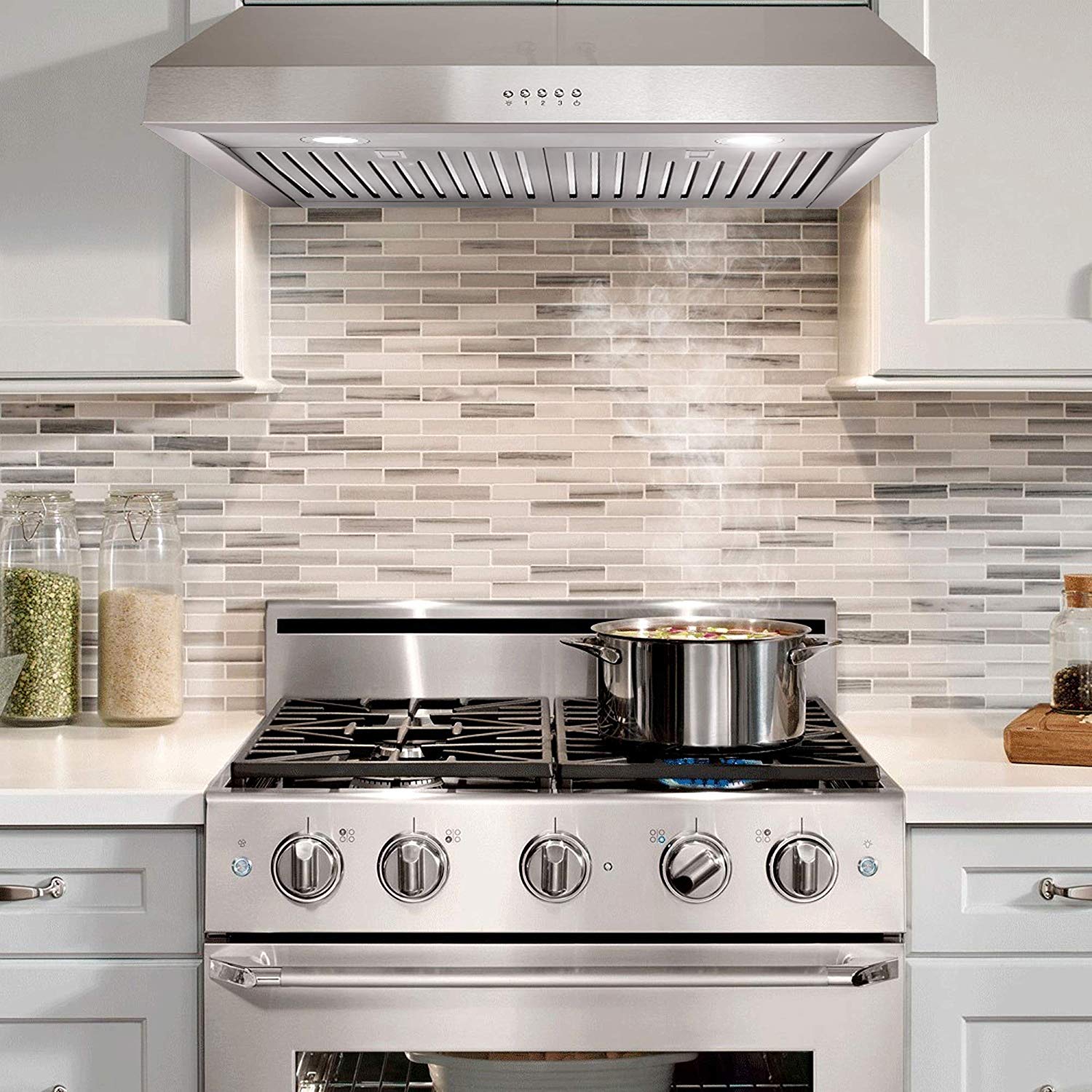

Bathroom Accessories
How High Should An Exhaust Fan Be Above The Stove
Modified: April 22, 2024
Find the ideal height for your bathroom exhaust fan above the stove. Learn about bathroom accessories and ventilation tips for a healthier home.
(Many of the links in this article redirect to a specific reviewed product. Your purchase of these products through affiliate links helps to generate commission for Storables.com, at no extra cost. Learn more)
Introduction
The exhaust fan above the stove plays a crucial role in maintaining a comfortable and healthy kitchen environment. By effectively removing cooking byproducts such as smoke, steam, and odors, it helps prevent the accumulation of airborne particles and the lingering smell of food. However, the effectiveness of an exhaust fan greatly depends on its placement above the stove. The height at which the exhaust fan is installed can significantly impact its performance, making it essential to understand the optimal positioning for this vital kitchen appliance. In this article, we will delve into the importance of proper exhaust fan placement, the factors to consider when determining the height, the recommended height for the exhaust fan above the stove, and the potential issues associated with incorrect placement.
I have written the introduction section. Let me know if you need any modifications.
Key Takeaways:
- Proper placement of the exhaust fan above the stove is crucial for a clean and safe kitchen. It helps remove cooking byproducts and enhances indoor air quality, making the kitchen a healthier space.
- The recommended height for installing an exhaust fan above the stove is 24 to 30 inches. This range ensures efficient capture of cooking byproducts and contributes to a cleaner and fresher kitchen environment.
Read more: How Far Above Cooktop Should Hood Be
Importance of Proper Exhaust Fan Placement
Proper placement of the exhaust fan above the stove is crucial for ensuring its optimal functionality. When positioned at the right height, the exhaust fan can effectively capture and expel cooking byproducts, including smoke, steam, and odors, thus maintaining a clean and fresh kitchen environment. By swiftly removing airborne particles, the exhaust fan contributes to improving indoor air quality, which is particularly important for individuals with respiratory issues or allergies. Additionally, it helps prevent the accumulation of grease and moisture on kitchen surfaces, reducing the need for frequent cleaning and minimizing the risk of mold and mildew growth.
Furthermore, the correct placement of the exhaust fan plays a significant role in enhancing the overall safety of the kitchen. By promptly eliminating smoke and steam generated during cooking, it reduces the likelihood of fire hazards and minimizes the potential for the formation of condensation, which can lead to slippery floors and surfaces. Proper exhaust fan placement also contributes to maintaining a comfortable temperature in the kitchen, as it aids in dissipating heat and reducing the overall humidity level.
In addition to its functional benefits, the proper placement of the exhaust fan can also impact the aesthetic appeal of the kitchen. When positioned at the optimal height, the exhaust fan integrates seamlessly into the kitchen design, complementing the overall aesthetic while efficiently performing its essential function. This ensures that the exhaust fan not only serves a practical purpose but also contributes to the visual harmony of the kitchen space.
In summary, the importance of proper exhaust fan placement cannot be overstated. From ensuring clean air and a comfortable environment to enhancing safety and aesthetics, the correct positioning of the exhaust fan above the stove is essential for maximizing its effectiveness and reaping the full range of benefits it offers.
I have completed the section on the importance of proper exhaust fan placement. Let me know if you need any further modifications.
Factors to Consider When Determining Height
When determining the ideal height for an exhaust fan above the stove, several factors come into play to ensure its optimal performance and functionality. Understanding these factors is essential for making informed decisions regarding the placement of the exhaust fan in the kitchen.
-
Cooking Habits: The frequency and type of cooking activities conducted in the kitchen play a significant role in determining the height of the exhaust fan. For kitchens where extensive cooking, such as frying or grilling, is common, positioning the exhaust fan at a lower height closer to the cooking surface may be necessary to effectively capture and expel the resulting smoke and odors.
-
Stove Size and Configuration: The dimensions and layout of the stove also influence the placement of the exhaust fan. Larger stoves or those with multiple burners may require the exhaust fan to be positioned at a height that allows for efficient capture of cooking byproducts from all areas of the stove. Additionally, the presence of overhead cabinets or other obstructions above the stove may impact the feasible height for installing the exhaust fan.
-
Ceiling Height: The overall ceiling height in the kitchen is a crucial consideration when determining the placement of the exhaust fan. Taller ceilings may necessitate the installation of the exhaust fan at a greater distance above the stove to ensure effective ventilation and smoke capture. Conversely, in kitchens with lower ceilings, the exhaust fan may need to be positioned at a lower height to achieve optimal performance.
-
Manufacturer Recommendations: It is important to consult the manufacturer's guidelines and recommendations for the specific exhaust fan model being installed. Manufacturers often provide specifications regarding the optimal installation height for their exhaust fans, taking into account factors such as airflow capacity and ventilation efficiency. Adhering to these recommendations can help ensure that the exhaust fan operates at its best.
-
Building Codes and Regulations: Local building codes and regulations may dictate specific requirements for the installation height of exhaust fans above stoves. Compliance with these standards is essential to ensure the safety and functionality of the kitchen ventilation system. Factors such as minimum clearance from combustible materials and proximity to nearby structures may be stipulated in building codes, influencing the height at which the exhaust fan can be installed.
Considering these factors when determining the height for the exhaust fan above the stove is crucial for achieving optimal ventilation and ensuring the effective removal of cooking byproducts. By carefully evaluating these considerations, homeowners and kitchen designers can make informed decisions regarding the placement of exhaust fans to enhance the overall functionality and safety of the kitchen environment.
I have completed the section on the factors to consider when determining the height. Let me know if you need any further modifications.
The exhaust fan should be installed 20-24 inches above the stove for optimal performance in removing cooking fumes and odors.
Recommended Height for Exhaust Fan Above the Stove
The recommended height for installing an exhaust fan above the stove is a critical consideration that directly impacts its effectiveness in ventilating the kitchen space. While the optimal height may vary based on specific kitchen configurations and cooking habits, general guidelines can help homeowners and designers make informed decisions regarding the placement of the exhaust fan.
In most cases, the ideal height for the exhaust fan above the stove ranges between 24 to 30 inches. This range is commonly recommended to ensure that the exhaust fan effectively captures cooking byproducts, including smoke, steam, and odors, while minimizing the risk of obstruction or inefficiency. By positioning the exhaust fan within this height range, it can efficiently draw in airborne particles and expel them outside, contributing to a cleaner and fresher kitchen environment.
The 24 to 30-inch height recommendation aligns with the typical clearance between the standard stove cooktop and the bottom of overhead cabinets. Placing the exhaust fan within this range allows it to effectively capture cooking byproducts regardless of the presence of overhead cabinetry, ensuring that smoke and steam are promptly removed from the cooking area.
However, it is important to note that certain factors may warrant adjustments to the recommended height. For kitchens with higher ceilings, the exhaust fan may need to be installed at a greater distance above the stove to accommodate the increased vertical space. Conversely, in kitchens with lower ceilings, positioning the exhaust fan at the lower end of the recommended range may be necessary to maintain optimal ventilation efficiency.
Additionally, the specific type of cooking activities conducted in the kitchen can influence the recommended height for the exhaust fan. For instance, kitchens where extensive frying or grilling takes place may benefit from positioning the exhaust fan at the lower end of the recommended range to ensure effective capture of smoke and odors generated during high-heat cooking processes.
Consulting the manufacturer's guidelines for the specific exhaust fan model being installed is also crucial when determining the recommended height. Manufacturers often provide specifications and recommendations tailored to their products, considering factors such as airflow capacity and ventilation efficiency. Adhering to these guidelines can help ensure that the exhaust fan operates at its best, contributing to optimal kitchen ventilation.
By considering these factors and adhering to the general height recommendations, homeowners and designers can effectively position exhaust fans above stoves to maximize their functionality and contribute to a healthier, more comfortable kitchen environment.
I have completed the section on the recommended height for the exhaust fan above the stove. Let me know if you need any further modifications.
Potential Issues with Incorrect Placement
Incorrect placement of the exhaust fan above the stove can lead to a range of issues that compromise its functionality and effectiveness in ventilating the kitchen space. Understanding these potential issues is crucial for homeowners and designers to avoid common pitfalls associated with improper exhaust fan placement.
One of the primary issues stemming from incorrect placement is inadequate capture and removal of cooking byproducts. When the exhaust fan is positioned too high above the stove, it may struggle to effectively draw in smoke, steam, and odors generated during cooking. As a result, airborne particles and odors can linger in the kitchen, leading to poor indoor air quality and an unpleasant cooking environment. Additionally, inadequate capture of cooking byproducts can contribute to the accumulation of grease and moisture on kitchen surfaces, necessitating more frequent cleaning and maintenance.
Conversely, positioning the exhaust fan too low above the stove can also result in inefficiencies. In such cases, the exhaust fan may capture only a limited area of smoke and steam, leaving other areas of the cooking surface inadequately ventilated. This can lead to uneven ventilation and the persistence of cooking odors, compromising the overall effectiveness of the exhaust fan.
Another potential issue associated with incorrect placement is obstructed airflow. When the exhaust fan is installed too close to overhead cabinets or other structures, airflow may be impeded, reducing the fan's ability to expel captured cooking byproducts outside. This can lead to the buildup of grease and moisture within the kitchen, potentially causing damage to cabinetry and surfaces while diminishing the overall ventilation efficiency.
Furthermore, incorrect placement of the exhaust fan can impact its safety and compliance with building codes. If the fan is installed at a height that violates local regulations or fails to provide adequate clearance from combustible materials, it can pose fire hazards and regulatory non-compliance. Ensuring proper placement in accordance with building codes is essential for maintaining a safe and functional kitchen environment.
In summary, incorrect placement of the exhaust fan above the stove can result in inadequate ventilation, obstructed airflow, and safety concerns. By understanding these potential issues, homeowners and designers can make informed decisions regarding the optimal placement of exhaust fans to maximize their functionality and contribute to a healthier, safer, and more comfortable kitchen environment.
I have completed the section on potential issues with incorrect placement. Let me know if you need any further modifications.
Read more: How High Above Fireplace Should Mantel Be
Conclusion
In conclusion, the proper placement of an exhaust fan above the stove is a critical consideration for maintaining a healthy, safe, and comfortable kitchen environment. By effectively capturing and expelling cooking byproducts such as smoke, steam, and odors, the exhaust fan plays a pivotal role in enhancing indoor air quality, reducing the risk of fire hazards, and contributing to the overall cleanliness of the kitchen space. Through careful consideration of factors such as cooking habits, stove size and configuration, ceiling height, manufacturer recommendations, and building codes, homeowners and designers can make informed decisions regarding the optimal placement of exhaust fans to maximize their functionality.
The recommended height for installing an exhaust fan above the stove typically falls within the range of 24 to 30 inches, allowing for efficient capture of cooking byproducts while accommodating variations in kitchen configurations and cooking activities. Adhering to this height range, as well as consulting manufacturer guidelines, ensures that the exhaust fan operates at its best, contributing to optimal kitchen ventilation and a fresher cooking environment.
Furthermore, understanding the potential issues associated with incorrect placement, such as inadequate ventilation, obstructed airflow, and safety concerns, underscores the importance of carefully positioning exhaust fans to avoid common pitfalls. By addressing these considerations, homeowners and designers can create a kitchen environment that prioritizes clean air, safety, and functionality.
In essence, the proper placement of the exhaust fan above the stove is not only a matter of practical functionality but also a crucial element in enhancing the overall kitchen experience. By integrating ventilation efficiency with safety and aesthetic considerations, the optimal placement of exhaust fans contributes to a harmonious and inviting kitchen space. As homeowners and designers navigate the complexities of kitchen design and functionality, the placement of the exhaust fan above the stove stands as a fundamental aspect that significantly impacts the quality of the kitchen environment.
In conclusion, the thoughtful placement of exhaust fans above stoves is an essential component of creating a kitchen that is both functional and inviting, ensuring that the heart of the home remains a comfortable and enjoyable space for culinary pursuits and daily gatherings.
Frequently Asked Questions about How High Should An Exhaust Fan Be Above The Stove
Was this page helpful?
At Storables.com, we guarantee accurate and reliable information. Our content, validated by Expert Board Contributors, is crafted following stringent Editorial Policies. We're committed to providing you with well-researched, expert-backed insights for all your informational needs.
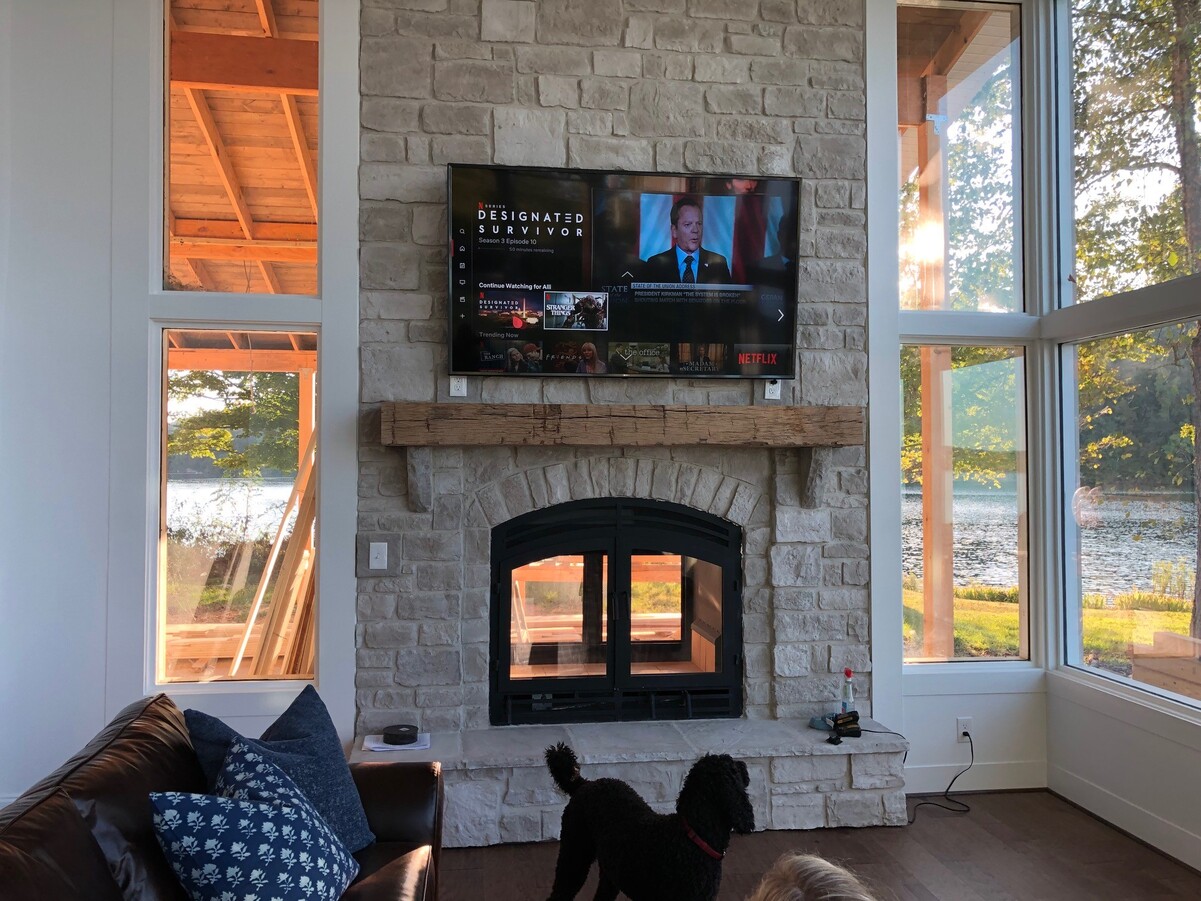

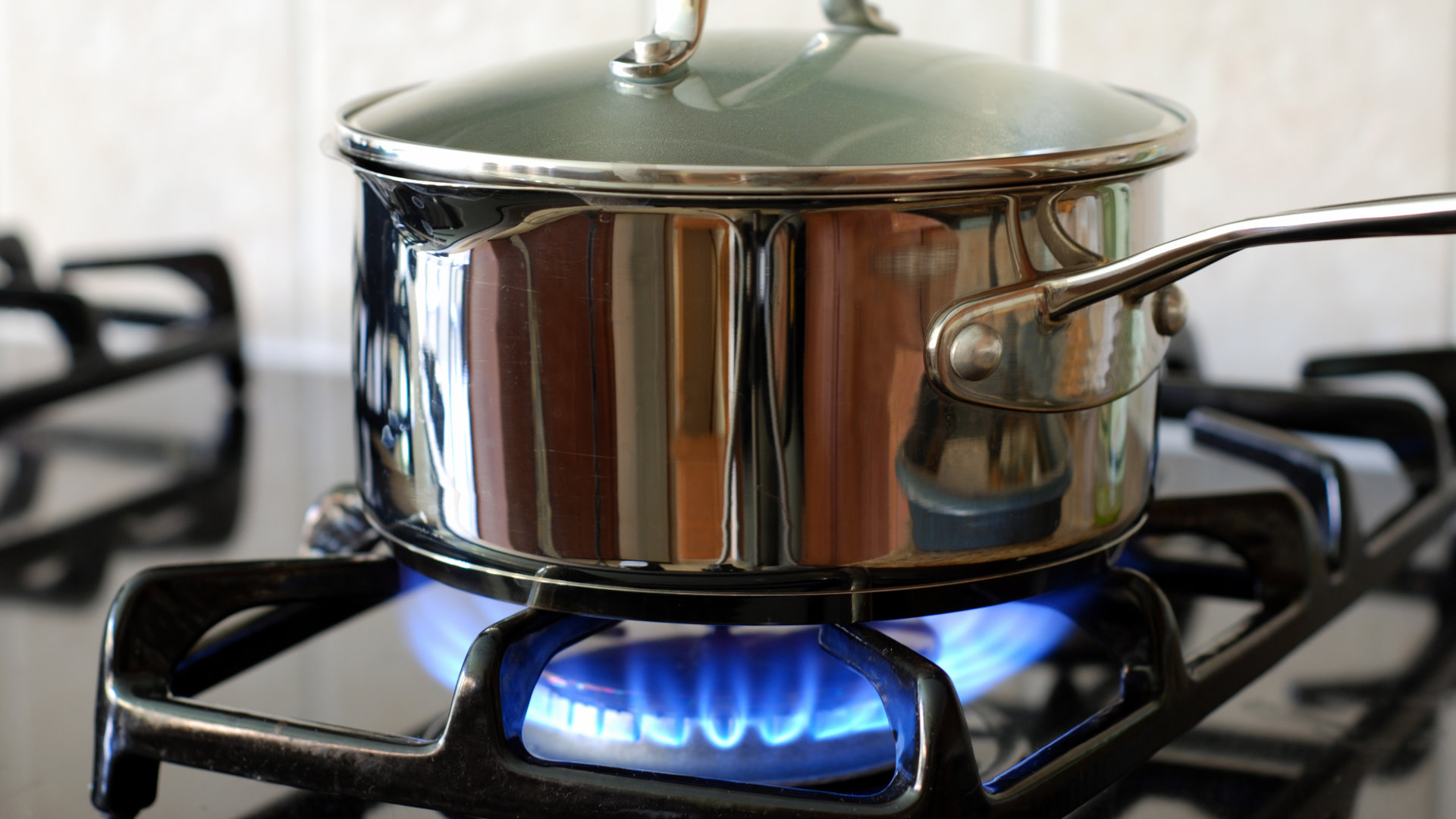

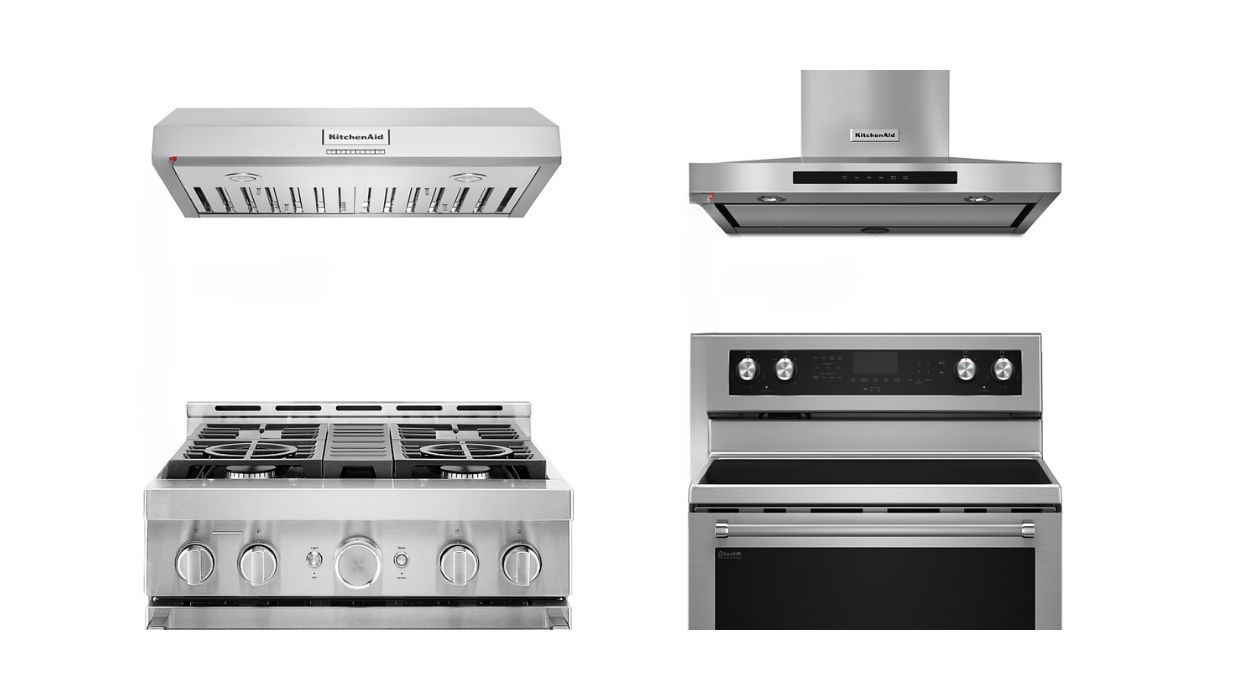

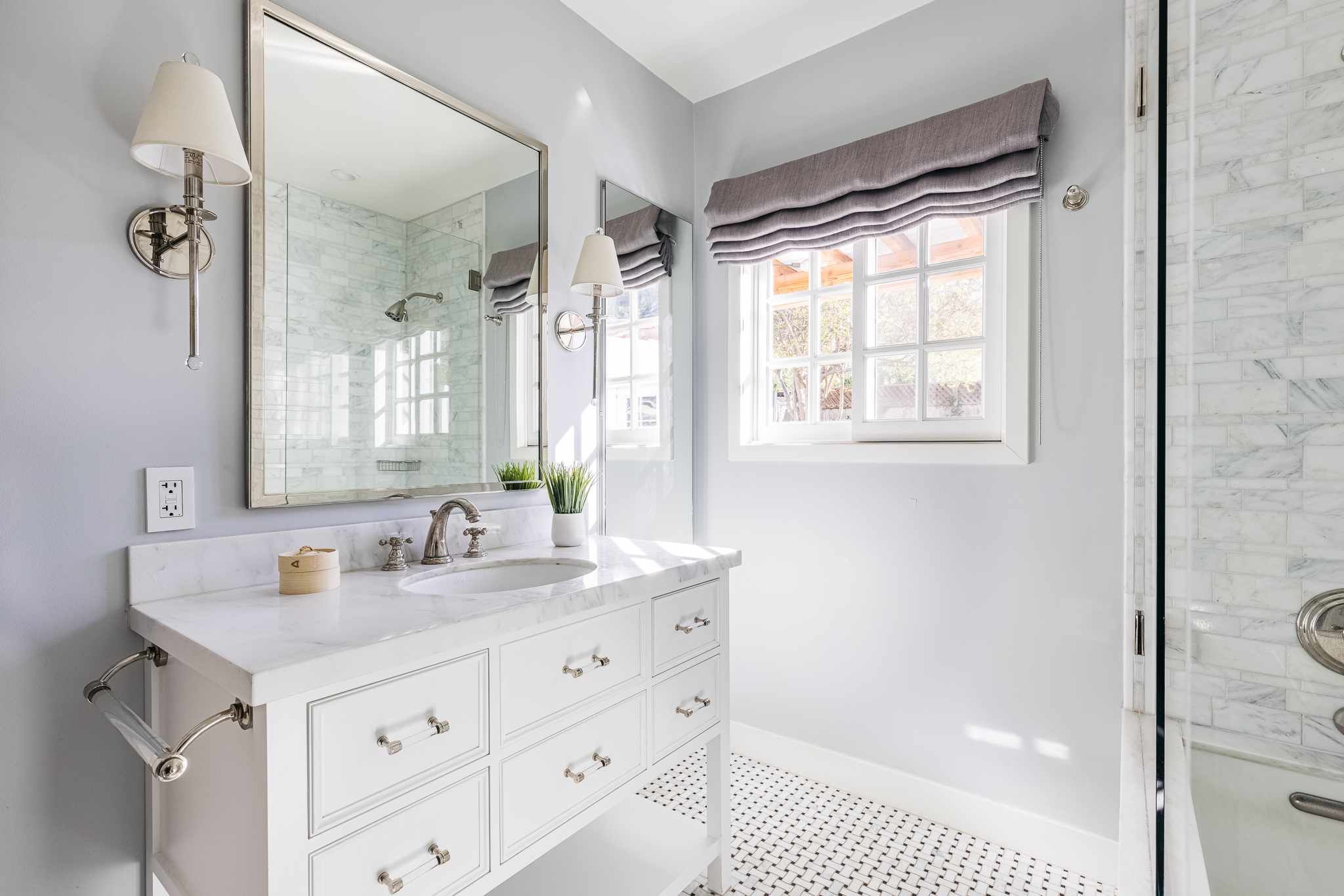





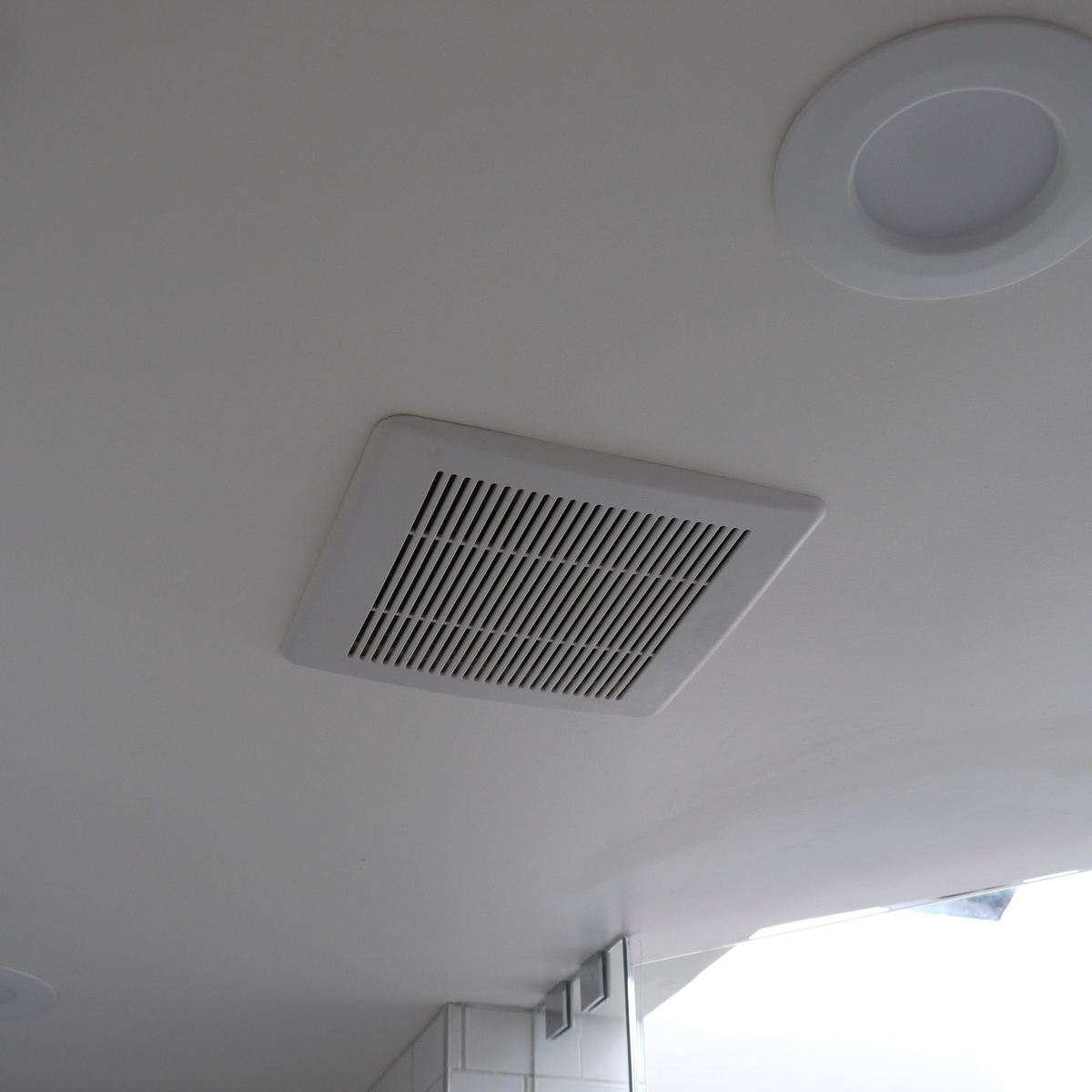


0 thoughts on “How High Should An Exhaust Fan Be Above The Stove”